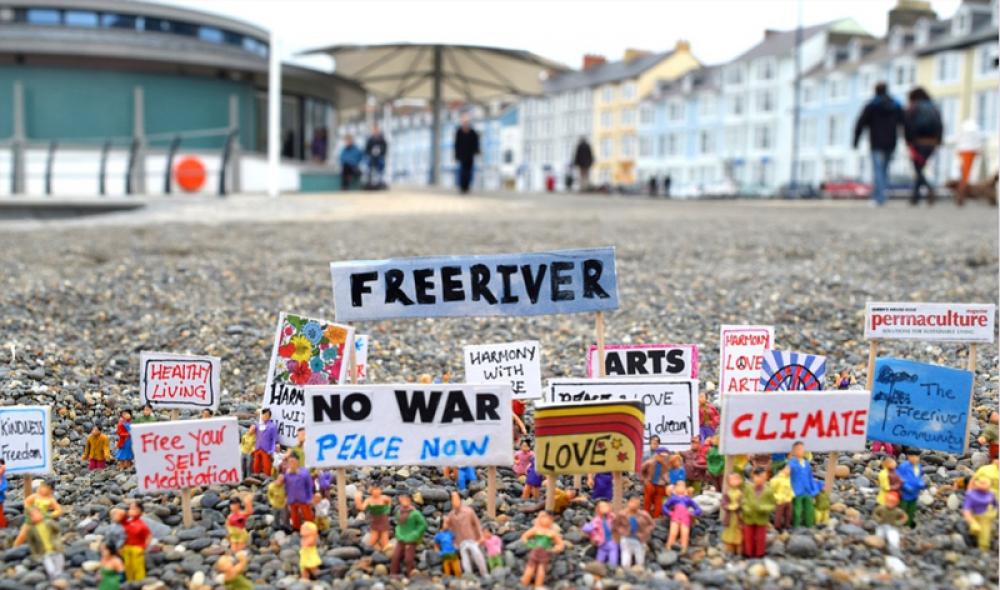Just Earth News | @justearthnews | 11 May 2020, 02:15 am Print

New York: The risk for violent clashes increases after weather extremes such as droughts or floods hit people in vulnerable countries, an international team of scientists finds.
Vulnerable countries are characterized by a large population, political exclusion of particular ethnic groups, and low development.
The study combines global statistical analysis, observation data and regional case study assessments to yield new evidence for policy-makers.
“Climate disasters can fuel some smoldering conflicts – this is a worrying insight since such disasters are on the rise,” says Jonathan Donges at the Potsdam Institute for Climate Impact Research, Germany, co-author of the paper now published in Global Environmental Change.
“Ongoing greenhouse gas emissions from fossil fuels are, if unmitigated, destabilizing our climate. More frequent and more severe weather extremes are one of the effects. The new study adds important evidence and hence robustness to conflict analyses we’ve done in the past few years.”
“One third of all conflict onsets in vulnerable countries” is affected
The numbers are quite staggering. “We find that almost one third of all conflict onsets in vulnerable countries over the recent decade have been preceded by a climate-related disaster within 7 days,” says co-author Carl-Friedrich Schleussner from Climate Analytics in Berlin, Germany.
“This does, however, not mean that disasters cause conflicts, but rather that disaster occurrence increases the risks of a conflict outbreak.” After all, conflict is human-made. The analysis of concrete cases of disaster-conflict co-occurences shows that most such cases are not mere coincidences, but likely linked by causal mechanisms – this is one of the key new findings.
In Mali for instance a severe drought occurred in 2009 after which the militant Al-Qaeda in the Islamic Maghreb exploited the resulting state weakness and desperation of local people to recruit fighters and expand its area of operation.
Other examples analyzed include China, the Philippines, Nigeria, and Turkey. India turns out to be the country with the by far highest number of disaster-conflict coincidences. The most surprising result of the study, says co-author Michael Brzoska from the University of Hamburg, was the prevalence of opportunities for armed violence over those related to grievances in post-disaster situations.
“Measures to make societies more inclusive and wealthier are no-regrets options”
“Climate-related disasters may act like a ‘threat multiplier’ for violent conflicts,” explains Tobias Ide from the University of Melbourne. A most important finding of the study is that only countries with large populations, the political exclusion of ethnic groups and relatively low levels of economic development are susceptible to disaster-conflict links. Optimistically, Ide concludes: “Measures to make societies more inclusive and wealthier are, therefore, no-regrets options to increase security in a warming world.”
- Pakistan: Punjab govt bars people from entering museums, parks, amid deteriorating air quality
- Ozone hole might not be recovering as previously thought, study claims
- ‘Without renewables, there can be no future’: 5 ways to power the energy transition
- 'Climate breakdown' alert as air quality dips during heatwaves: UN chief
- Study shows global sea surface temperatures touch record high mark in August






